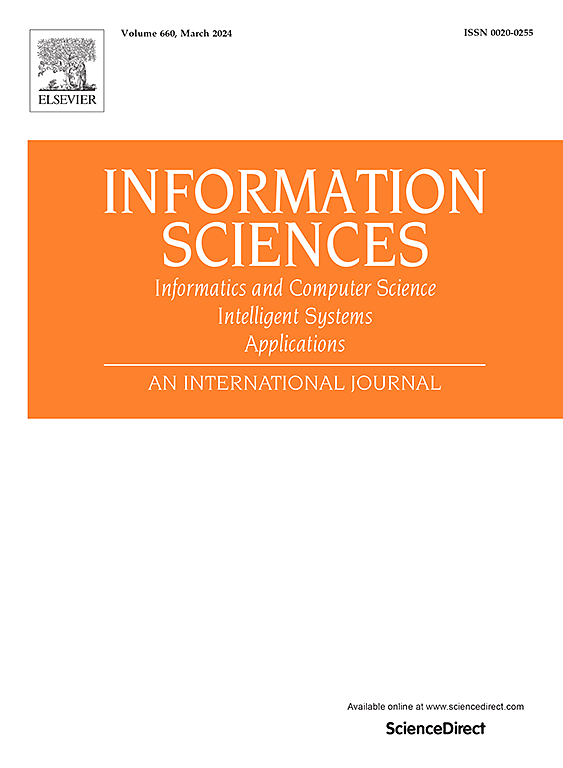开出正确的药方:通过有针对性的指令调整来减轻大型视觉语言模型中的幻觉
IF 6.8
1区 计算机科学
0 COMPUTER SCIENCE, INFORMATION SYSTEMS
引用次数: 0
摘要
尽管目前的大型视觉语言模型(LVLMs)在各种跨模态任务上取得了出色的表现,但仍然存在幻觉问题,这表现为它们生成的响应与相应图像之间的不一致。先前的研究表明,教学数据的低质量,特别是正负样本之间的不平衡,是模型幻觉的重要因素。最近,研究人员开发了高质量的指令数据集,如LRV-Instruction,以减轻模型幻觉。尽管如此,我们的研究表明,来自不同LVLMs的幻觉概念表现出特异性,即幻觉概念的分布在不同模型之间存在显著差异。现有的数据集在设计过程中没有考虑不同模型的幻觉特异性,从而限制了它们减轻模型幻觉的效果。在本文中,我们提出了一种针对不同模型的幻觉特异性量身定制的定向指令数据生成框架DFTG。具体来说,DFTG包括两个阶段:幻觉诊断,从模型的响应和图像中提取必要的信息进行幻觉诊断;目标数据生成,根据诊断结果生成目标指令数据。幻觉基准的实验结果表明,与以前的数据集相比,我们的方法生成的目标指令数据在减轻幻觉方面更有效。本文章由计算机程序翻译,如有差异,请以英文原文为准。
Prescribing the right remedy: Mitigating hallucinations in large vision-language models via targeted instruction tuning
Despite achieving outstanding performance on various cross-modal tasks, current large vision-language models (LVLMs) still suffer from hallucination issues, which manifest as inconsistencies between their generated responses and the corresponding images. Prior research has indicated that the low quality of instruction data, especially the skewed balance between positive and negative samples, is a significant contributor to model hallucinations. Recently, researchers have developed high-quality instruction datasets, such as LRV-Instruction, to mitigate model hallucinations. Nonetheless, our investigation reveals that hallucinatory concepts from different LVLMs exhibit specificity, i.e. the distribution of hallucinatory concepts varies significantly across models. Existing datasets did not consider the hallucination specificity of different models in the design process, thus limiting their efficacy in mitigating model hallucination. In this paper, we propose a targeted instruction data generation framework named DFTG that tailored for the hallucination specificity of different models. Concretely, DFTG consists of two stages: hallucination diagnosis, which extracts the necessary information from the model's responses and images for hallucination diagnosis; and targeted data generation, which generates targeted instruction data based on diagnostic results. The experimental results on hallucination benchmarks demonstrate that the targeted instruction data generated by our method are more effective in mitigating hallucinations compared to previous datasets.
求助全文
通过发布文献求助,成功后即可免费获取论文全文。
去求助
来源期刊

Information Sciences
工程技术-计算机:信息系统
CiteScore
14.00
自引率
17.30%
发文量
1322
审稿时长
10.4 months
期刊介绍:
Informatics and Computer Science Intelligent Systems Applications is an esteemed international journal that focuses on publishing original and creative research findings in the field of information sciences. We also feature a limited number of timely tutorial and surveying contributions.
Our journal aims to cater to a diverse audience, including researchers, developers, managers, strategic planners, graduate students, and anyone interested in staying up-to-date with cutting-edge research in information science, knowledge engineering, and intelligent systems. While readers are expected to share a common interest in information science, they come from varying backgrounds such as engineering, mathematics, statistics, physics, computer science, cell biology, molecular biology, management science, cognitive science, neurobiology, behavioral sciences, and biochemistry.
 求助内容:
求助内容: 应助结果提醒方式:
应助结果提醒方式:


